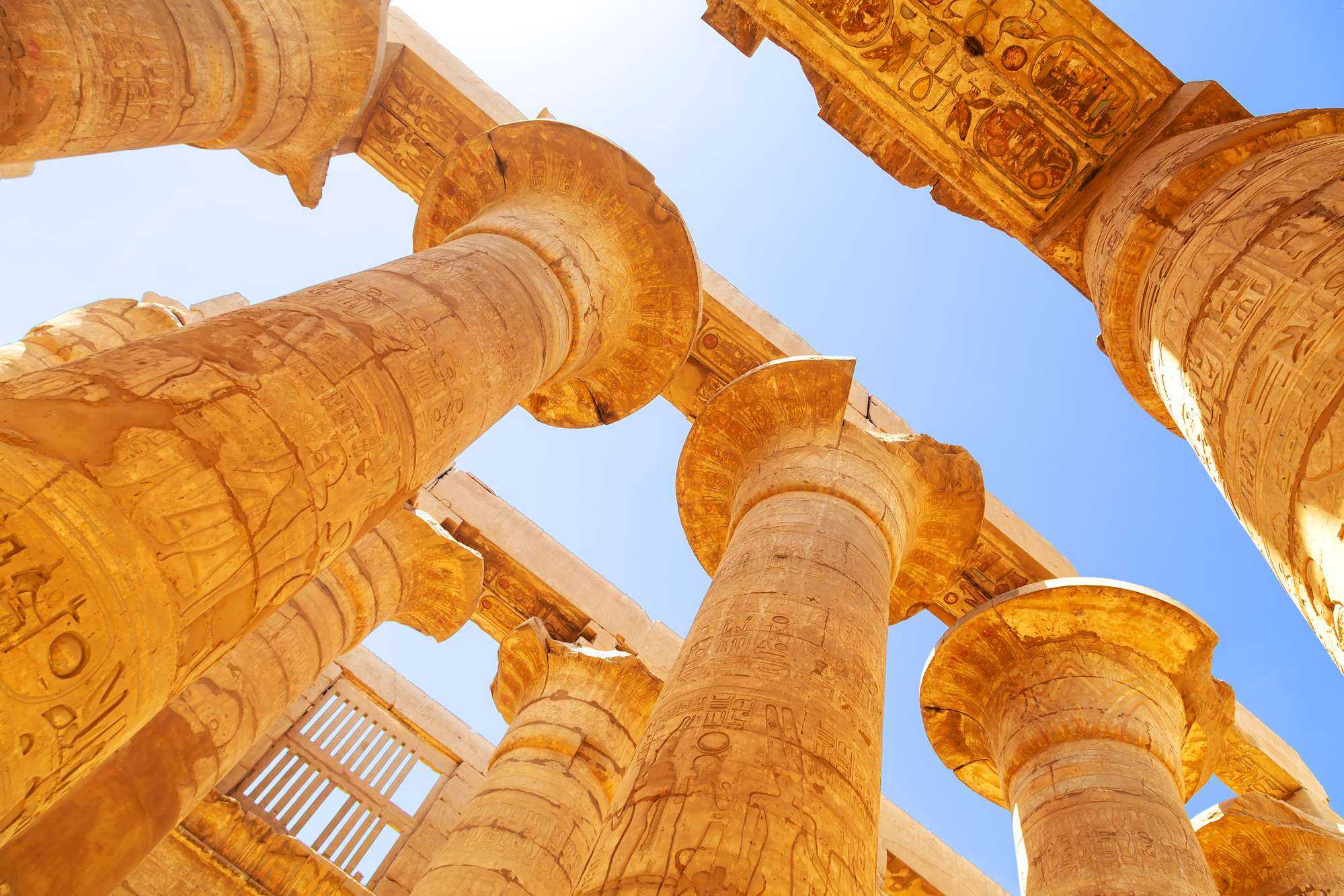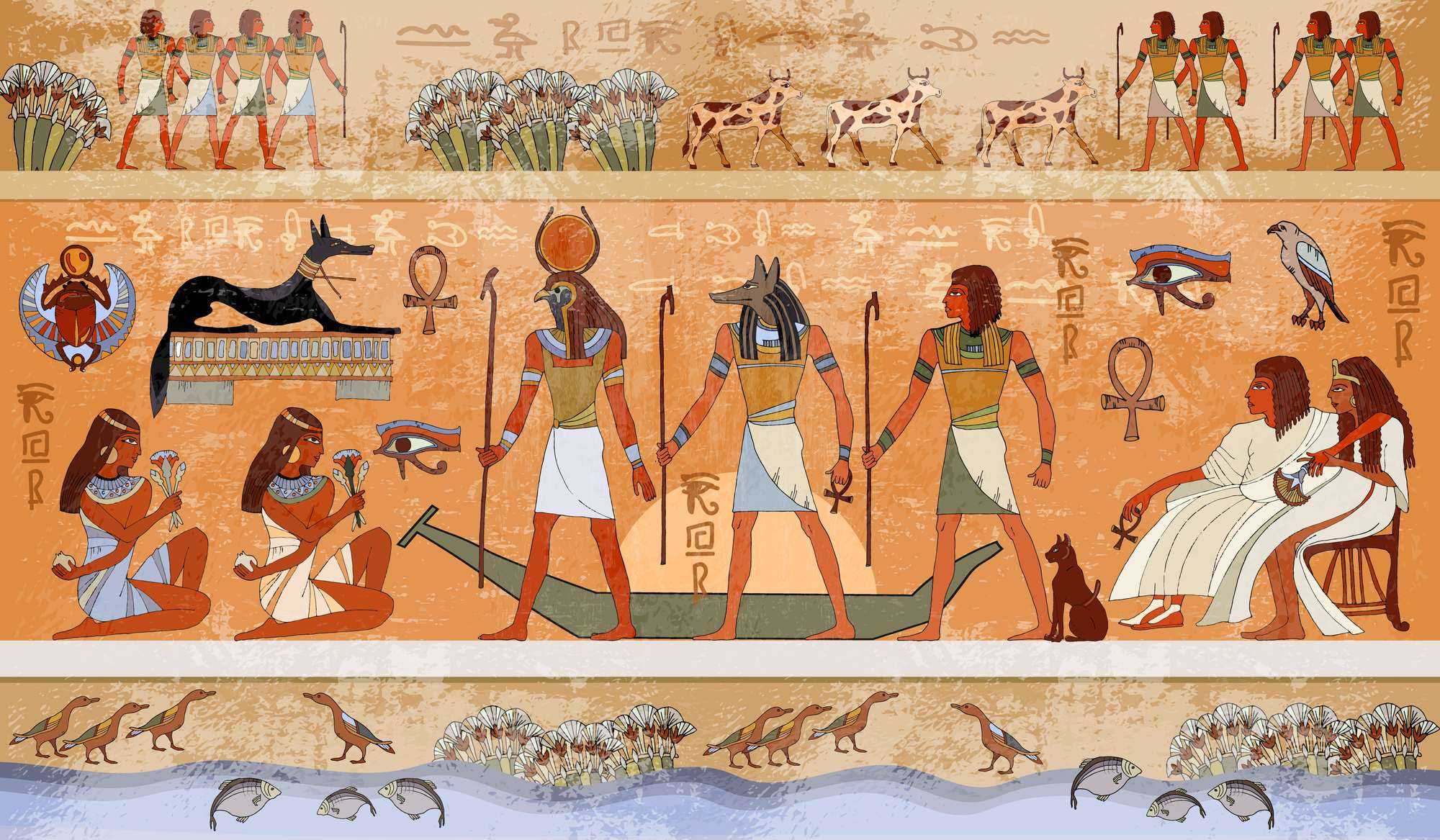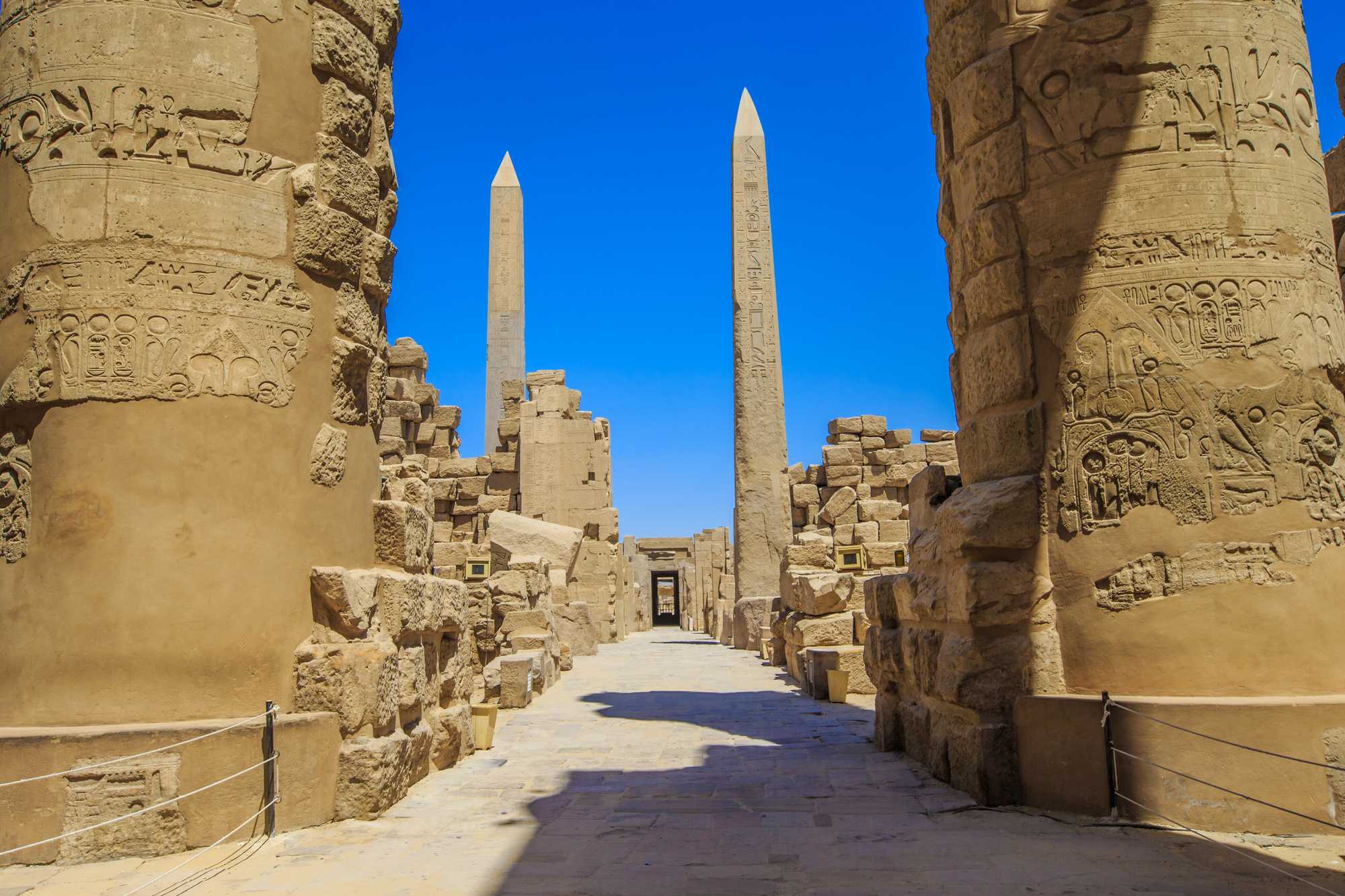African History
Understanding Imhotep, the man of many titles

African History
Seti the 1st war correspondents etched along the north wall of the Hypostyle hall; more of his great achievements
African History
Tremendous achievements for the 1st year nesew Seti
African History
Why would he be chosen to be the next nesew? Rameses the 1st – 19th Dynasty circa 1292 -1290 BCE
-

 Community News2 weeks ago
Community News2 weeks agoChemical hair straighteners are causing uterine cancer, fibroid tumors and infertility in women of colour
-

 Community News2 weeks ago
Community News2 weeks ago“Stop egging me on!” Companies are simply getting better at carefully wording things on their packaging
-

 Community News2 weeks ago
Community News2 weeks agoRichard Rooney gifts $5 million to the African Studies Centre and the Centre for Caribbean Studies at the University of Toronto
-

 Community News2 weeks ago
Community News2 weeks agoNot just a reunion; It’s a powerful catalyst for unity and growth. Welcome to the 10thBiennial Jamaica Diaspora Conference
-

 Community News2 weeks ago
Community News2 weeks agoSharp rise in the number of medically assisted deaths in Canada sparks concerns
-

 Community News2 weeks ago
Community News2 weeks agoAmplifying authentic African narratives; the stars came out at the BSO Symposium
-

 Junior Contributors1 week ago
Junior Contributors1 week agoBeneath the waves: Unveiling the legacy of the transatlantic slave trade in the Bahamas
-

 The Poetic Word1 week ago
The Poetic Word1 week agoEverlasting Flames-to be Submitted

























